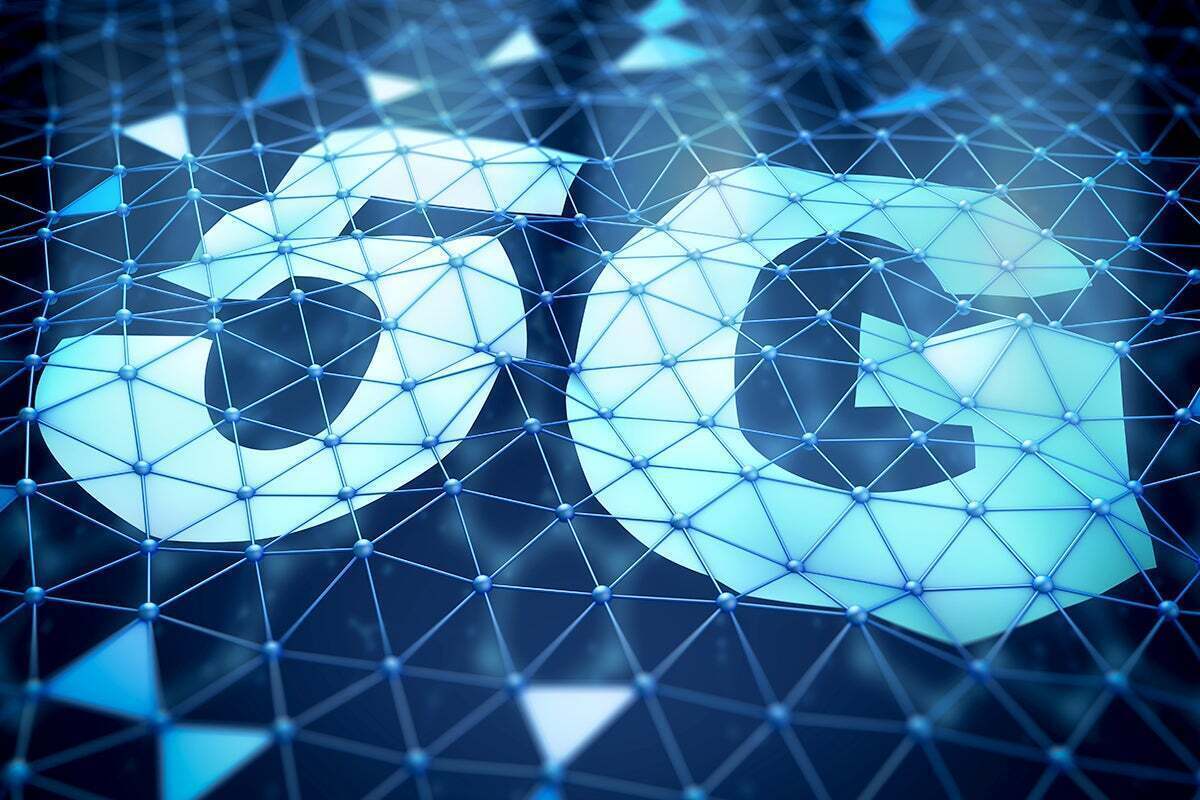- Better Together: How MFA and Strong Password Practices Can Help Bolster Security
- “美 CISO 평균 연봉 6억,상위 1%는 60억원 넘어···보안 예산은 여전히 부족” IANS 설문조사
- 아웃시스템즈, 매출 5억 유로 돌파 및 신임 CEO 선임 발표
- 정철환 칼럼 | 변화의 바람에 맞설 것인가? 따를 것인가?
- Best home automation systems 2025: I'm a smart home reviewer and these are the top ones
5G hits the streets of New York

With 56% of New York City households lacking both home and mobile broadband connections, a consortium is taking steps to supply at least mobile access via sidewalk kiosks, the latest of which include 5G.
Called Link5G, these kiosks also provide free Wi-Fi access, a built-in tablet to access maps and other resources including phone connections, a USB-port to charge mobile devices, a jack for headsets, and a button to make 911 calls. Some also include two 55-inch screens for digital signage that can provide the city with ad revenue to help pay for the kiosks. Perhaps the most interesting feature, though, are the 5G cellular antennas near the top of the 32-foot structures.
While the rest of the services supported by the kiosks are free to the public, 5G, with a maximum theoretical speed of 20Gbps, will only be accessible to paying customers of commercial wireless carriers that acquire rights to use the 5G antenna.
Dispersing 2,000 of the Link5G towers throughout New York City’s five boroughs—Brooklyn, the Bronx, Manhattan, Queens, and Staten Island—will help address a major problem for the fastest 5G services: The frequencies that support them don’t penetrate walls well, and coverage is near line-of-sight. Lower 5G frequencies are better able to pass through these obstacles, but their speeds are closer to what 4G provides, a maximum theoretical speed of 1.5Gbps. The sheer number of these small-cell towers will help boost the 5G coverage area.
The new kiosks are part of a project named LinkNYC that is overseen by a joint venture called CityBridge, which consists of Intersection, a provider of digital displays, and ZenFi Networks, a wireless-infrastructure vendor. Since 2016, LinkNYC has installed 1,900 first-generation kiosks called simply Links, and it has started deploying 2,000 second-generation Link5Gs. Links, just 11-feet tall, are similarly equipped as Link 5Gs but have no 5G support.
CityBridge collaborated with wireless carriers and Antenna Design, the design firm behind the original Link kiosk, to meet technical and aesthetic requirements. Support inside the towers for the various functions they house is provided by gear made by vendors including Ruckus, Fujitsu, Samsung, Nokia, and Ericsson.
City residents may object to the structures—evocative of giant Q-tips—because they dot the streetscape and are three stories tall, but the height is unavoidable. The minimum allowable transmitter height is 19.5 feet. On top of that are five antenna bays, each with a minimum 29-inch height to meet the required separation between transmitters. And there is a five-inch minimum gap for ventilation, all of which adds up to 32 feet, the height of the Link5G towers that are being installed.
Building the infrastructure for the Link5G kiosks.
The network supporting the kiosks is dispersed. The local utility Con Edison supplies electricity, and dedicated fiber-optic cables connect them to network edge collocation (NEC) facilities at data centers in each borough.
From the NECs, traffic is backhauled to two core points of presence, and ZenFi Networks runs a network operations center that monitors the systems within the Link5G kiosks. Those NOCs work in conjunction with the NOCs run by each carrier that uses the Link5Gs to deliver cellular service.
The kiosks are being installed by CityBridge and their partner ZenFi Networks, while also utilizing a number of local vendors. ZenFi Networks also provides the fiber optic infrastructure that enables the Link5G kiosks to provide free Wi-Fi and other services to the public.
This backbone fiber network also makes it easier and less expensive for ISPs to extend their services into neighborhoods across the city, encouraging competition in places where choice is limited—a common issue for most New Yorkers. The hope is more competition might result in better speeds, better reliability, and better prices.
Users walk up and login.
Wireless devices within range of one of the first-generation kiosks can see two different SSID networks, LinkNYC Free Wi-Fi and LinkNYC Private. The private network is encrypted, but it’s only available to Apple devices running iOS 7 or higher with Hotspot 2.0 enabled.
First-time users can connect to the free Wi-Fi directly, but to use the private network they must first provide their email address and download their network profile. Devices with iOS7 through iOS11.2 receive prompts to download their profile, and those with iOS 11.3 or higher won’t be prompted but can manually download their profile from the LinkNYC website. Hotspot 2.0 utilizes enterprise-grade Wi-Fi Protected Access (WPA2) security that will encrypt traffic and 802.1x authentication using EAP-TLS for certificate-based mutual authentication of the client and the network. After that, devices should automatically connect with the private Wi-Fi whenever they come into range of a Link5G.
Districts designated by the city as lacking other broadband options, having residents with lower median incomes, high levels of pedestrian traffic, and no existing LinkNYC infrastructure get top priority for the new Link5G kiosks.
Copyright © 2023 IDG Communications, Inc.

